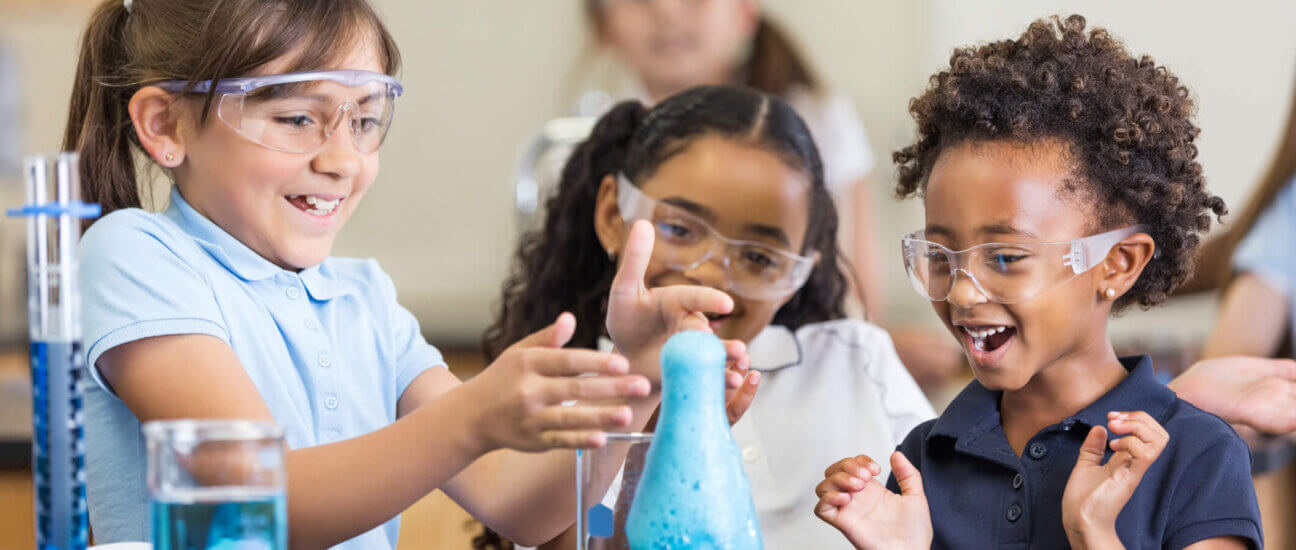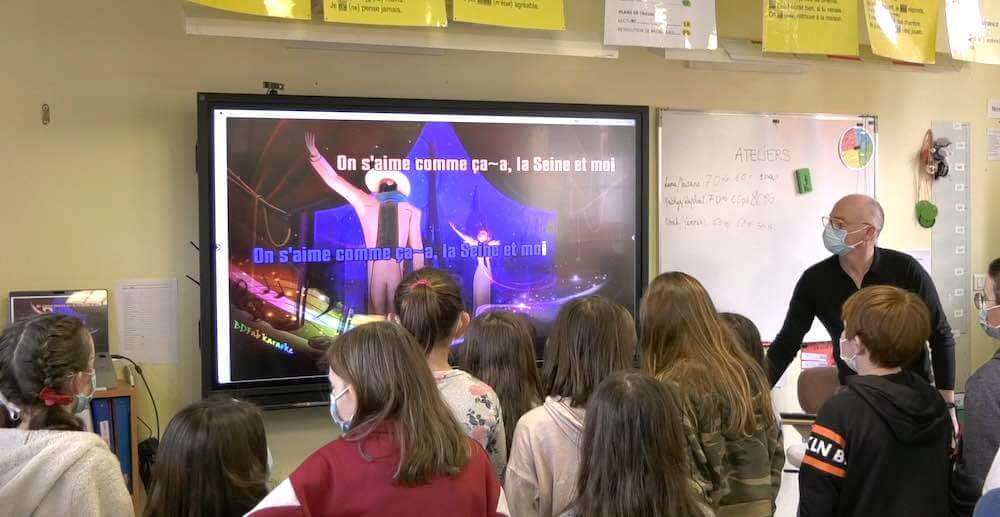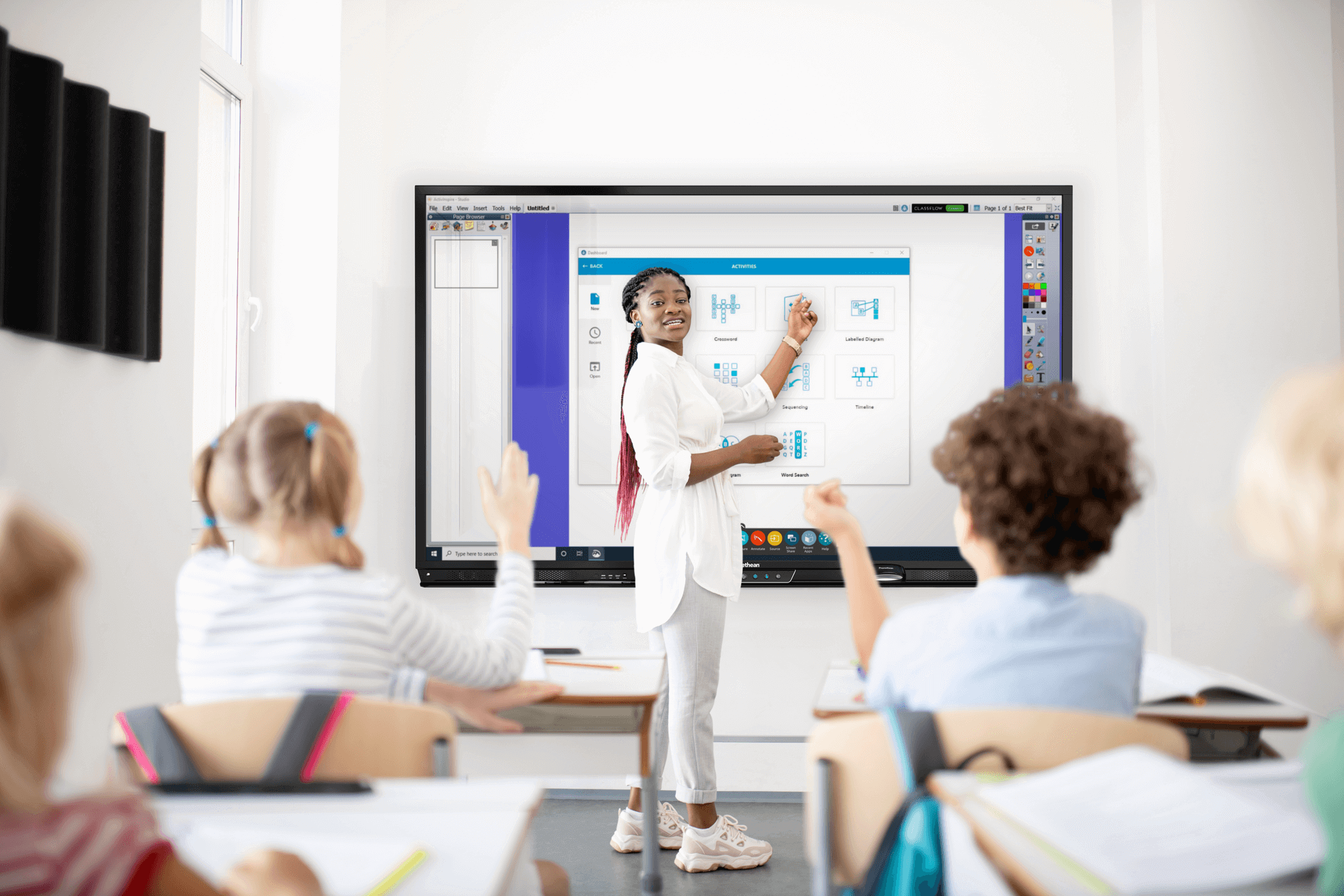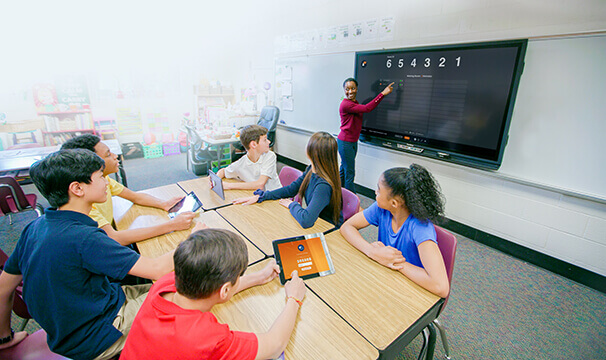The concept of collaborative learning is very simple – it’s any situation where two or more students come together and work towards a common goal. And while it’s easy to see how collaborative activities promote social learning in the classroom, some of the wider advantages aren’t talked about so often.
In this blog post, we’re going to explore how a series of collaborative learning benefits can enhance educational experiences and boost outcomes for students.
The benefits of collaborative learning
Collaborative learning experiences do require some thought – there’s a careful balance to be struck to ensure that learning outcomes are followed and that each student has opportunities to contribute. But, when planned carefully, there’s a lot to be gained.
- Embedded learning – when students work together, listening and sharing ideas, the knowledge is often embedded much more powerfully. Students are more likely to remember something they learned and discussed with a peer than information broadcast solely from the front of the classroom. Dialogue and discussion require a deeper level of involvement, making the learning experience more memorable.
- Improved attainment – as well as contributing to ‘soft skills’ development, the memorable nature of collaborative activities can ultimately lead to better attainment. A mix of individualistic methods and collaborative activities is a great way to build student performance and encourage progression.
- Confidence building – well-planned collaboration allows students to recognise and value the importance of their own contributions, especially when they can see how their input helped shape the outcome of a discussion or project. Helping students to gain this sort of confidence can embolden them to continue teaching and learning with others – both their peers and their teachers.
- Inclusivity – not all students play the same role in their social circles, even at a young age. Collaborative learning gives every student the opportunity to bring their own strengths and skills to the table, which will be recognised and valued by other learners.
For inspiration on a few activities to get you started with collaborative learning, why not read our blog post on supporting social learning in the classroom? You can find it here.




